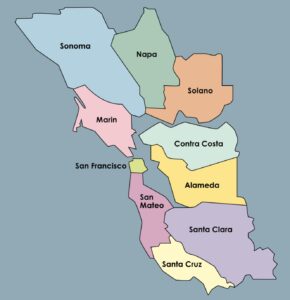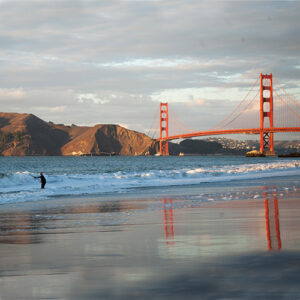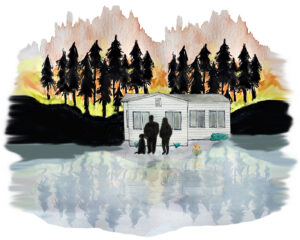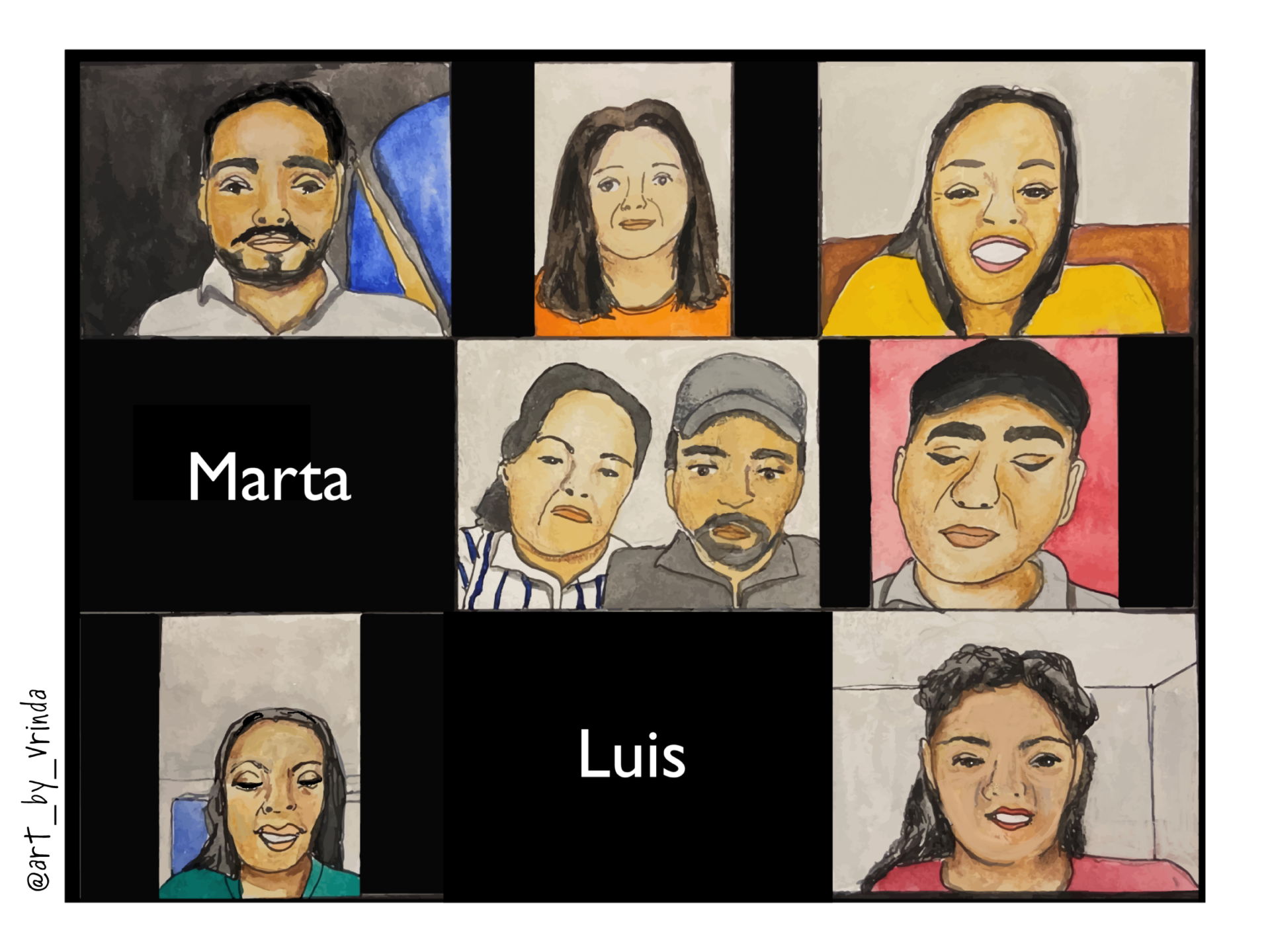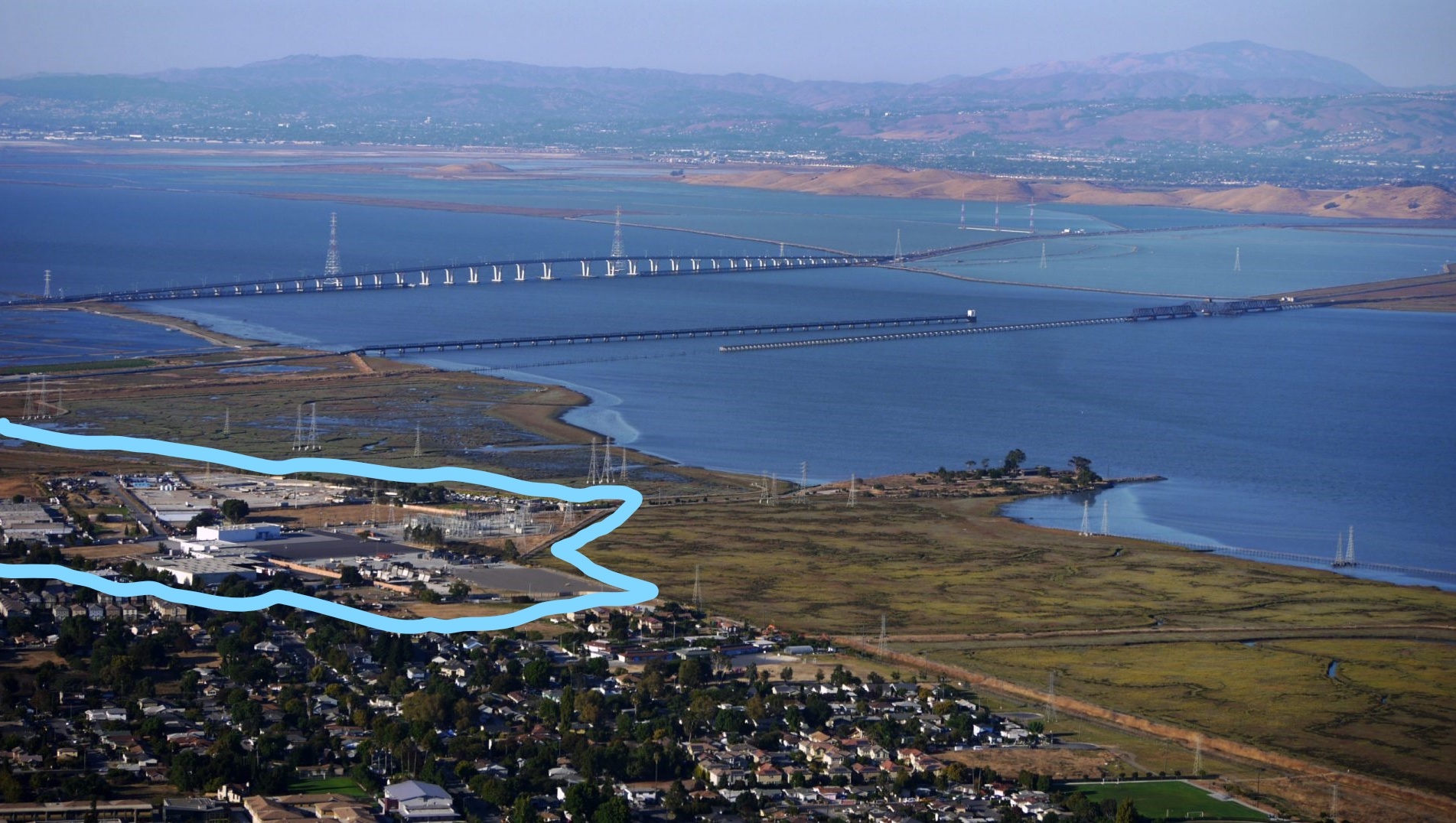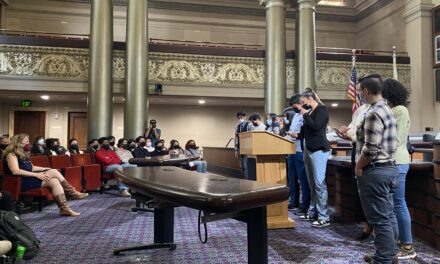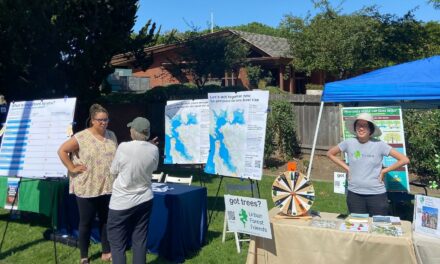East Palo Alto Shows Up to Speak Up
East Palo Alto faces a quintessentially Bay Arean constellation of challenges: escalating housing prices and declining affordability; gentrification associated with the displacement of longtime residents by well-paid tech workers; and a rising bay encroaching upon the densely populated, low-lying city near the foot of the Dumbarton Bridge.
Throw in a proposed new mixed-use development abutting vital marshlands already vulnerable to flooding and the stakes get even higher, says Roxana Franco, programs manager for Nuestra Casa de East Palo Alto. That’s why the nearly 20-year-old nonprofit is now working closely with current and longtime residents, many of them lower-income people of color, to give local context to climate change and sea-level rise, disaster preparedness, and — perhaps most importantly — civic engagement.
Through a 12-week program called the Environmental Justice Parent Academy, Nuestra Casa (“Our House”) is leading in-depth discussions about these and related issues among cohorts of African American, Pacific Islander, Latinx, and youth residents of East Palo Alto. All 85 participants, 75 of whom are parents, receive a stipend for their time and are encouraged to continue their work outside of the group.
“We have facilitators that reflect the community, and they’re also community elders here in East Palo Alto,” Franco says. “We try to make it about building communities and empowering our participants to sit at city council meetings and speak up … We encourage them to show up to these meetings, and they feel more comfortable to be involved or at least show up.”
Four major development projects have been proposed for the end of Bay Road, just south of the Dumbarton Bridge and hugging the edge of the marshes close to sea level.
Other Recent Posts
Slow Progress on Shade For California’s Hottest Desert Towns
Coachella Valley communities face record temperatures with little shade. Policy changes lag as local groups push for heat equity.
In Uncertain Times, the Port of Oakland Goes Electric
A $322M grant powers Oakland’s port electrification — cleaning air, cutting emissions, and investing in community justice.
Testing Adaptation Limits: Mariposa Trails, Marin Roads & San Francisco Greenspace
In KneeDeep’s new column, The Practice, we daylight how designers, engineers and planners are helping communities adapt to a changing climate.
ReaderBoard
Once a month we share reader announcements: jobs, events, reports, and more.
Boxes of Mud Could Tell a Hopeful Sediment Story
Scientists are testing whether dredged sediment placed in nearby shallows can help our wetlands keep pace with rising seas. Tiny tracers may reveal the answer.
“I Invite Everyone To Be a Scientist”
Plant tissue culture can help endangered species adapt to climate change. Amateur plant biologist Jasmine Neal’s community lab could make this tech more accessible.
How To Explain Extreme Weather Without the Fear Factor
Fear-based messaging about extreme weather can backfire. Here are some simple metaphors to explain climate change.
Live Near a Tiny Library? Join Our Citizen Marketing Campaign
KneeDeep asks readers to place paper zines in tiny street libraries to help us reach new folks.
Join KneeDeep Times for Lightning Talks with 8 Local Reporters at SF Climate Week
Lightning Talks with 8 Reporters for SF Climate Week
Staying Wise About Fire – 5 Years Post-CZU
As insurance companies pull out and wildfire seasons intensify, Santa Cruz County residents navigate the complexities of staying fire-ready.

